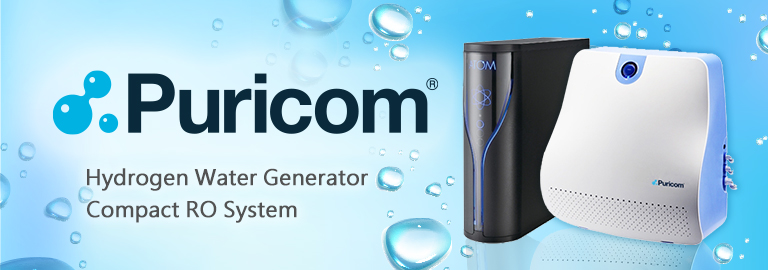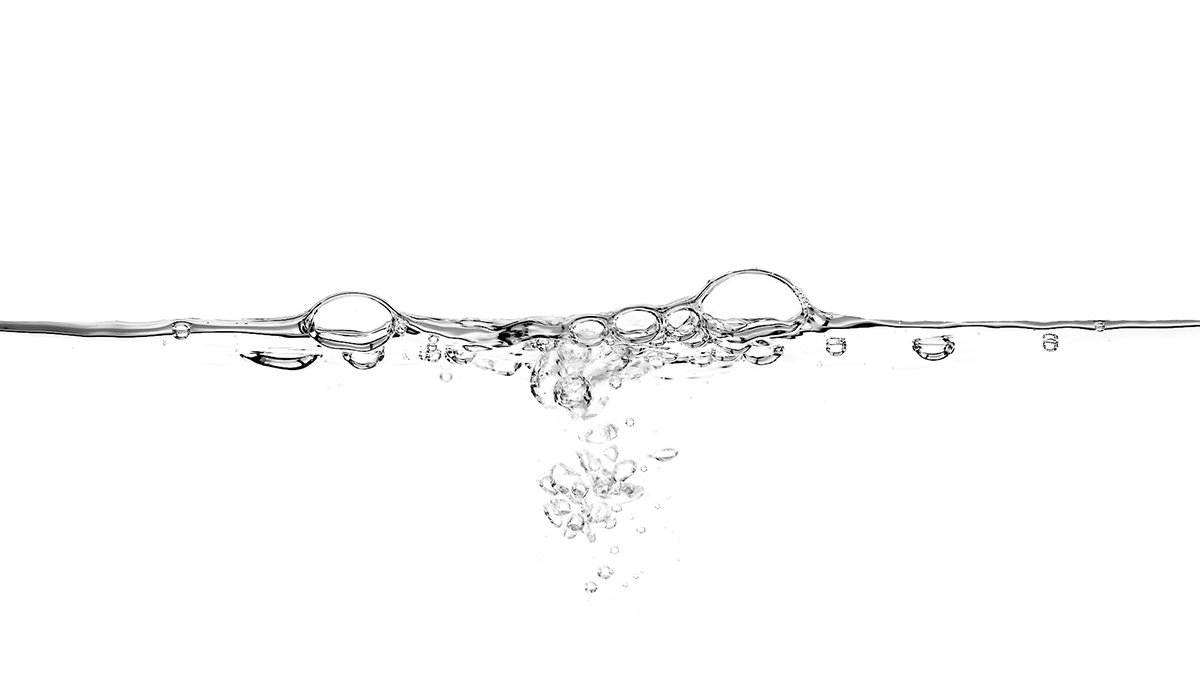Zero Liquid Discharge (ZLD) technology is to pretreat and evaporate industrial wastewater, collect the condensed water distilled from the zero liquid discharge system for water recycling applications, and send unevaporated solids to landfills or use them as valuable salt. Class by-products are reused. In 2018, the global ZLD market demand was approximately 5,442 million U.S. dollars, with the largest industrial application being the energy and power industries, followed by the petrochemical and chemical industries.
What Is Zero Liquid Discharge (ZLD)?
Wastewater from industrial manufacturing must be properly treated to comply with environmental protection regulations. However, due to the characteristics of some industrial waste water and the restriction of pollutants in the discharged water body, some waste water needs to be treated to more stringent standards, and even the state of its discharge is restricted. Zero liquid discharge is a technology that has emerged in response to this demand. In addition, in recent years, the stability of water resources management, and the demand for water regeneration has also increased. Zero liquid discharge can not only reduce the impact of wastewater discharge on the environment, but also increase the rate of water reuse.
Zero liquid discharge refers to the fact that no waste water is discharged into the natural environment during the operation of the factory. This is the goal of the waste water treatment process. In other words, the waste/sewage can be fully recovered after different treatment processes. Water resources can be reused continuously. At the end of wastewater treatment, many inorganic ions (salts) have been accumulated, and the difficulty and energy consumption of removing/separating inorganic ions will increase with the increase in concentration.
Global ZLD Market Development
Global ZLD wastewater treatment technology has gradually developed and matured. The main key technology layout is in the evaporation and crystallization operation unit. The energy consumption and cost of zero liquid discharge system will be the key layout of ZLD wastewater treatment technology in the future. As the proportion (number of times) of water circulation increases, the concentration and number of salts in wastewater will also increase. How to extract rare elements from them is also the direction of international wastewater treatment research and development.
Whether it is people's livelihood or industry in the world, the two most important resources to maintain human science and technology development and life are water and energy (oil, natural gas, etc.). Among them, the topic of water resources was selected by the World Economic Forum as the number one risk factor affecting the world in the next 10 years, because with the development of industrialization and the increase of population, coupled with the deterioration of pollution, the amount of global freshwater resources is becoming less and less. Coupled with abnormal weather and uneven distribution of water resources, many densely populated metropolises have been warned of extreme water shortages. To maintain the development of industry, commerce, and people's livelihood in cities, how to recycle and reuse water resources from wastewater is a very important topic of water resources.
With the regulation of wastewater from various countries in the world, the future will be towards the goal of zero discharge of liquids. The so-called ZLD technology is to pre-treat and evaporate industrial wastewater, collect the condensed water distilled from the zero liquid discharge system for water recycling applications, and send unevaporated solids to landfills or use them as valuable salt. Class by-products are reused. Under the topic of circular economy, the development of ZLD technology has been valued by global water technology companies and has become the focus of future development.
Statistical Analysis of the Global ZLD Market
In 2018, the global ZLD market demand was approximately US$5,442 million, of which the water pretreatment market demand was approximately US$1,640 million, accounting for 30% of the total ZLD market; the water treatment filtration market demand was approximately US$1,670 million, accounting for 31% of the total ZLD market %; The market demand for water treatment evaporation and crystallization systems is approximately US$2,132 million, accounting for 39% of the total ZLD market. Evaporation and crystallization technology is the main key technology layout direction of ZLD leading manufacturers.
As people continue to care about issues such as climate change, water resource allocation, and environmental protection, the sustainable development of industry and the provision of industrial safe and stable water have become the main driving force for the development of global ZLD technology. It is estimated that by 2023, the global ZLD market demand will grow to 8,090 million US dollars, during which the compound annual growth rate of ZLD market demand is about 8.3%.
The new laws and regulations of advanced countries are becoming more and more stringent, which will promote the continuous improvement of wastewater treatment technology in various fields. ZLD wastewater treatment technology is effective in treating wastewater that is more complex and difficult to treat. At present, the largest industrial application is energy and power. Industry, accounting for 34% of the overall ZLD market; followed by petrochemical and chemical industries, accounting for 20% of the overall ZLD market; food and beverage industry accounting for 13% of the overall ZLD market; textile industry accounting for 11% of the overall ZLD market; pharmaceutical industry accounting for 10% of the overall ZLD market. The semiconductor and electronics industries account for 5% of the overall ZLD market; other industries account for 7% of the overall ZLD market.
Global ZLD Market Trends
- Reduce wastewater treatment costs and energy consumption.
The global ZLD wastewater treatment technology has gradually matured. The key technology layout of the main leading manufacturers is in the evaporation and crystallization operation unit. The energy consumption and cost issues of the zero liquid discharge system will be the key layout of the future ZLD wastewater treatment technology. As the proportion (number of times) of water circulation increases, the concentration and number of salts in wastewater will also increase. How to extract rare elements from them is also the direction of international wastewater treatment research and development.
- Corporate social responsibility and environmental protection policy promotion.
Traditional wastewater treatment technology manufacturers consider the installation and operating costs, and co-operate with wastewater discharge standards to establish wastewater treatment systems. Therefore, wastewater treatment costs focus on economic benefits. When the legal requirements are becoming more and more stringent, the government has also begun to develop water consumption fees and even stipulate zero discharge of business wastewater. The zero liquid discharge system meets the goal of water recycling and reuse. Manufacturers must build a complete wastewater treatment system to reduce external costs.
The development of the ZLD technology market tends to be a driving force. In addition to Corporate Social Responsibility (CSR), the promotion of the public sector and the coordination of environmental protection laws and regulations are needed to drive the promotion of water recycling economy technology.

Referral Link









.jpg)
.jpg)
.jpg)

.jpg)

點-m-90454917_m.jpg)